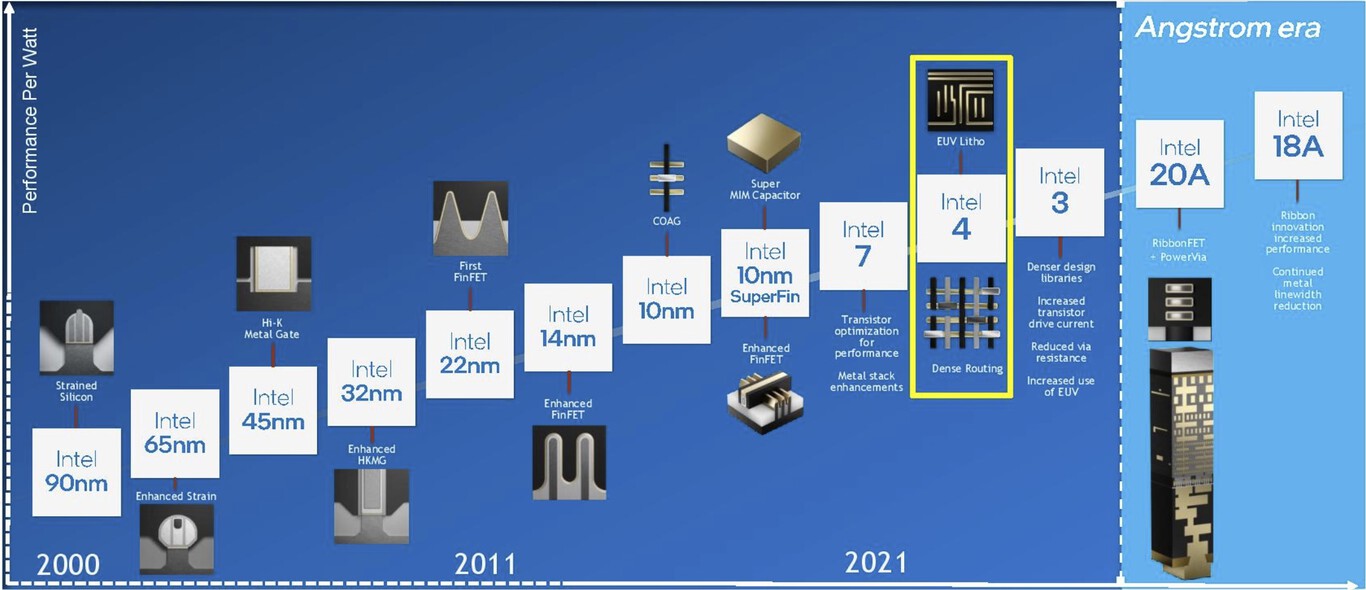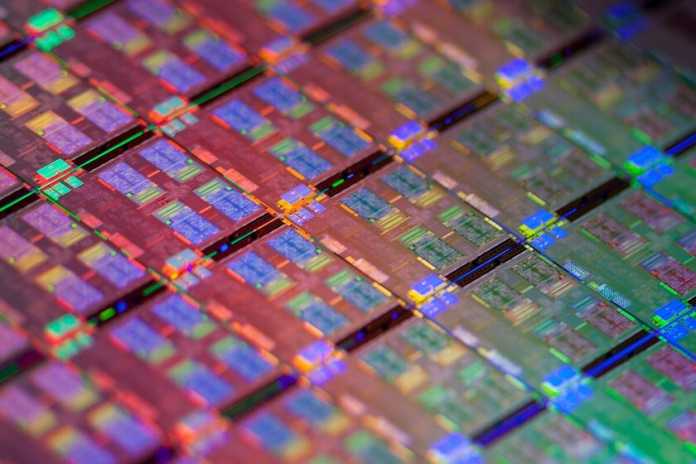Intel has long lagged behind TSMC and Samsung in chipmaking, but has been making steps to regain lost ground for some time. One of the most important will be jump to the technology node “Intel 4”which will make it possible to offer higher density of transistors and achieve much more powerful and efficient processors.
The company has detailed its strategy in a recent event and has explained how in 2023 the chips with ‘Meteor Lake’ architecture will make use of that technology to be 21.5% more powerful without affecting consumption. The news is promising, but also Intel will not stop there.
This is how Samsung makes money: the secret is in the IPHONE
Welcome, EUV technology
One of the keys to the relevance of this technological node called Intel 4 is in the use of extreme ultraviolet lithography (EUV). Said technology makes use of extreme ultraviolet wavelengths that allow progress in the miniaturization of chip manufacturing processes.

The technology is not new at all: Samsung and TSMC have been using it for several years and taking advantage of its advantages in efficiency and power in the chips produced with it, and Intel will be no less: they affirm that future ‘Intel 4’ node chips will be 21.5% faster than the current ‘Intel 7’ at the same energy consumption.
The other option will also be possible: you will be able to count on chips just as powerful as the current ones, but that will consume 40% less energy. The jump is very remarkable but it will not be the last: after the ‘Intel 4’ node will come the ‘Intel 3’ node, which will be an iteration with even higher density that will also make use of EUV technology. Then the ‘Angstrom era’ will come.
One of the most interesting novelties of this transition from the ‘Intel 4’ node to the ‘Intel 3’ node will be that it will be possible to transfer designs from one to another without any changewhich will allow chip designers to take advantage of that new node quickly, thus theoretically avoiding the enormous problems that Intel had to go from its 10nm to the ‘Intel 7’ node of the previous generation of processors.
This step will certainly be especially relevant for the future of an Intel that wants to be an absolute benchmark in the segment of its semiconductors. Everything looks promising but of course, its competitors will not exactly stay still: TSMC is preparing the mass production of 3nm photolithography chips, and the jump to 2nm could occur in 2023.












